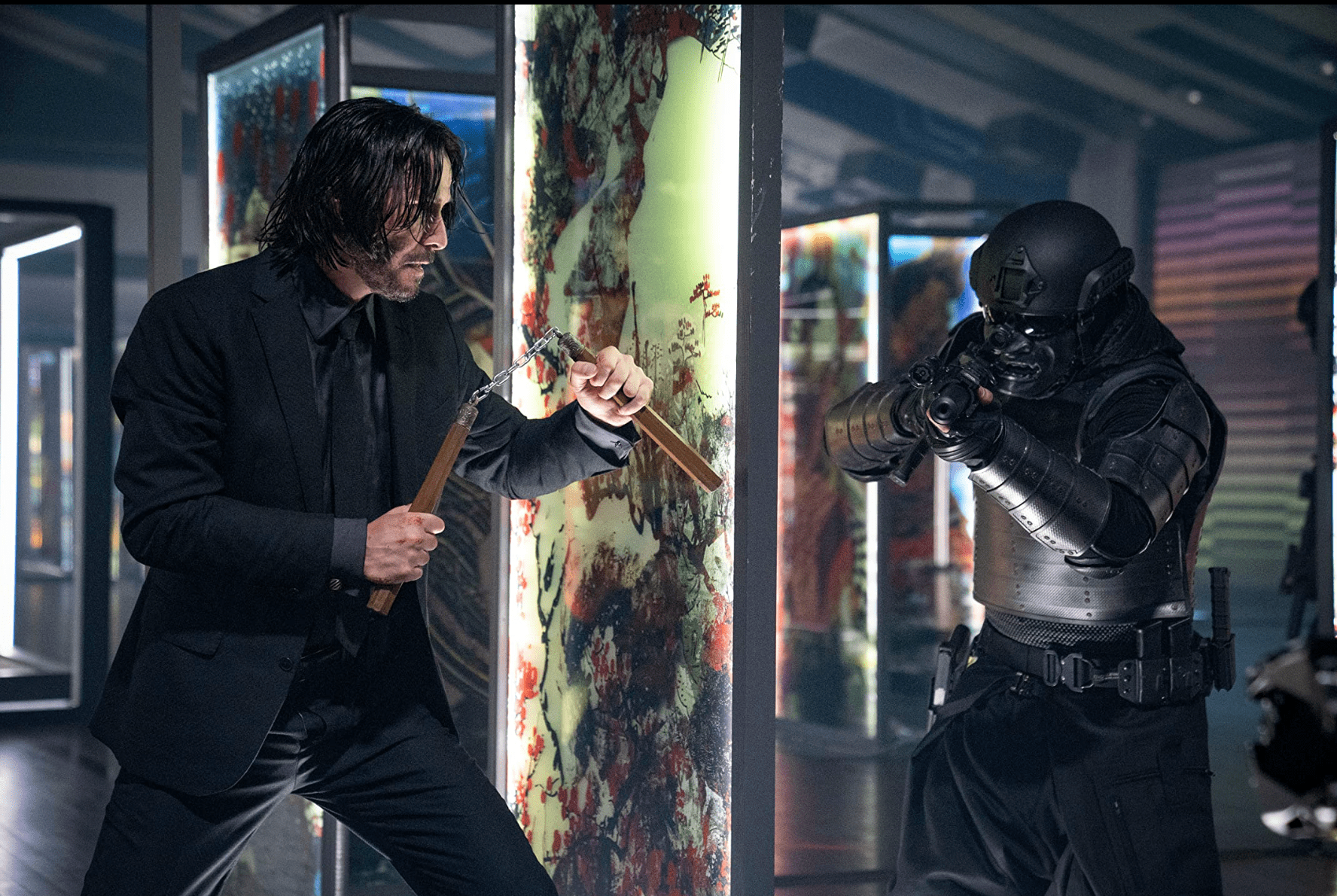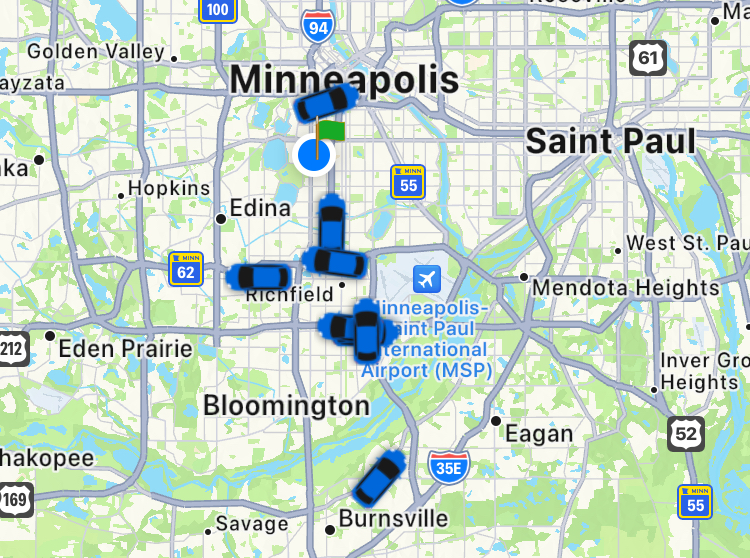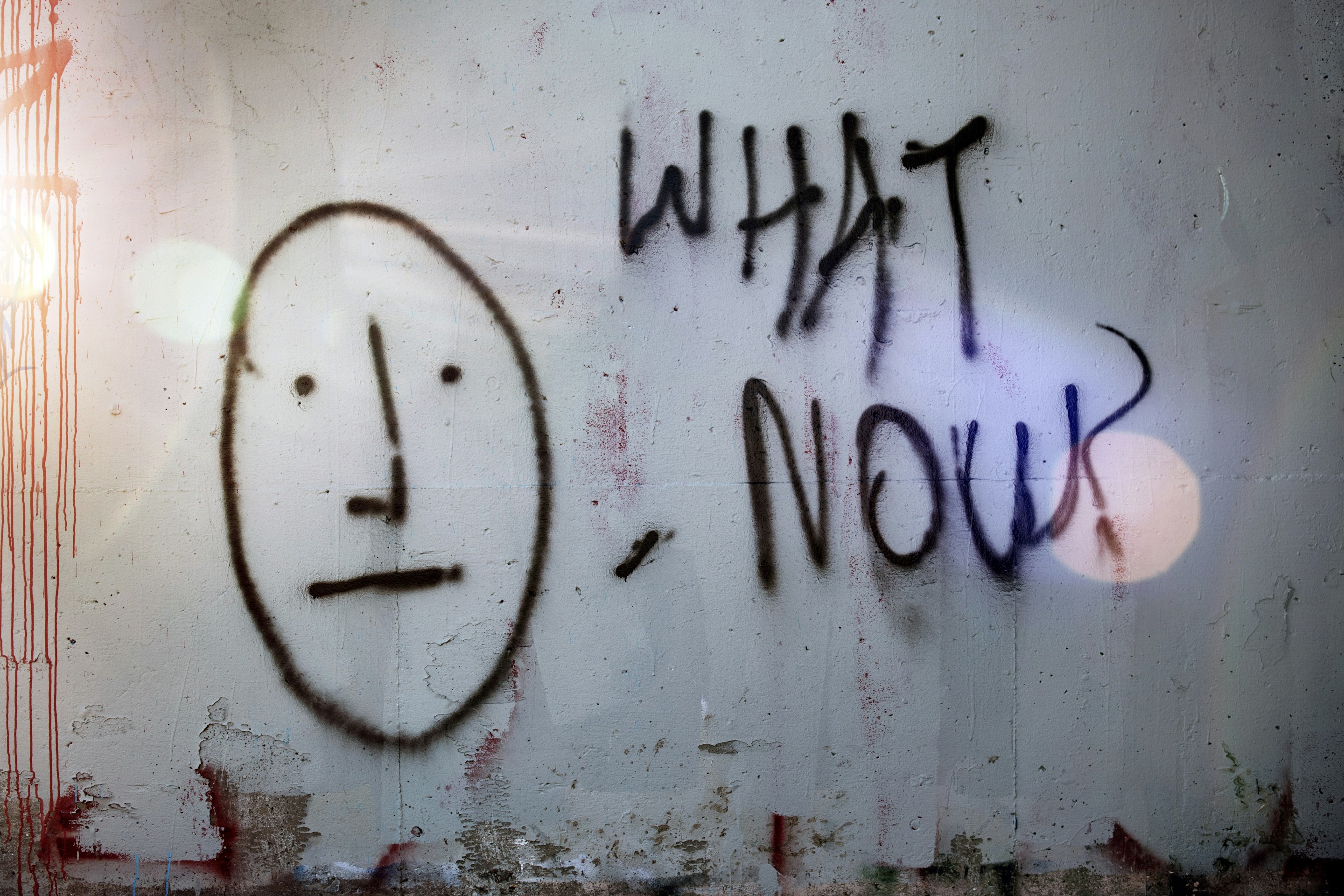It was right around the time Keanu Reeves broke Boban Marjanović’s neck with a library book of Russian folktales in John Wick 3 that I experienced a what-have-I-been-doing-with-my-life? epiphany. A latecomer to the Wick movies, I spent most of the next two hours so a-giggle I was grateful that the plotty expository moments gave me space to catch my breath, giddy with delight that someone had forged this missing link between Looney Tunes, slapstick, kung fu flicks, and first-person shooters.
So maybe it’s just the flush of first love coloring my opinion when I say that there’s no sequence in John Wick: Chapter 4 as persistently inventive as the first half-hour of 3, which follows the previously mentioned library brawl with a battle that empties out the contents of multiple knife display cases and concludes with John escaping on a horse through Manhattan traffic. But that’s a high fuckin’ bar to clear, and the master strokes in this lengthy but not quite bloated sorta-finale are plenty, with enough “whoa, rewind that shit” moments to almost make you regret seeing it in a theater.
Where the last installment hit the ground running, with Wick deemed “excommunicado” for breaking the rules of the High Table (a mysterious Old World octopus whose shadowy members control, um, whatever exactly it is that they control) and fleeing every paid assassin on Earth, Chapter 4 wades into the action with a chatty (though still eventful) setup. It also returns Reeves to the Sahara Desert for the sole purpose of mimicking a Lawrence of Arabia bit, a little self-indulgence that might make you wonder whether director Chad Stahelski has earned his chutzpah. I say he’s the best argument for letting stuntmen direct in years, and let him cook. (Anyway, chutzpah is never earned—that’s the whole point of it.)
Early scenes introduce the recurring cast that is, more or less, in Wick’s corner. As Winston, the manager (without giving too much away, let me say “former manager”) of the Continental Hotel, that neutral ground where assassins gather but may not kill, Ian McShane’s line readings continue to deepen along with the lines in his face. The late Lance Reddick is once more dutiful, but with a glint in his eye, as the hotel concierge, Charon, and Laurence Fishburne is again wonderfully grandiose as the newly scarred, indomitably Shakespearean Bowery King.
But John Wick is in danger! (Is he ever not?) The High Table has granted carte blanche to a louche fop we’ve never seen before now, the Marquis de Gramont (played by the Skarsgård de jour, Bill), to eliminate Wick. To that end, the wicked aristocrat enlists the services of a well-shaven, blind assassin named (get it?) Caine (Donnie Yen, best known stateside for the Ip Man series, his trademark Sugar Ray Leonard windup punch at the ready). Caine and Wick, no one will be surprised to learn, are old friends—the biggest downside of an assassin’s life, it seems (besides never being allowed to quit) is that you’re constantly ordered to murder the only people you respect.
Wick hides out in Osaka—for such an untouchable, he does seem to accumulate allies—under the protection of another old pal, Shimazu (played with honorable gravitas by Hiroyuki Sanada). But who should appear but the Marquis’s right-hand man (Chilean martial artist Marko Zaror, suitably imposing), and then away we go, with Wick joined in battle by pop star Rina Sawayama (underutilized as Shimazu’s daughter/concierge Akira) a menace with a shortbow who at one point climbs over an adversary using two daggers as pitons.
The fun continues from there. We get a battle during a Eurotrash rave, per Wickian tradition. One set of disposable minions is armed with hatchets—not wholly unprecedented weapons in the Wickiverse, but underexplored till now. Still, the movie doesn’t fully take advantage of its surroundings until it moves to Paris, with a battle in traffic around the Arc de Triomphe (during which Wick is hit by a truly astounding amount of cars) and Wick’s dogged struggle to climb up the 222 steps of the Sacré-Coeur Basilica before sunrise while roughly an infinity number of thugs try to stop him.
As ever, the joy of John Wick is the simplicity at its core. The theater faculty at my snooty little liberal arts college, who taught that true drama must strictly adhere to the rules laid out by Aristotle in his Poetics, would have loved these movies. They have what my profs, quoting the great Greek commentator of tragedy, called “unity of action”: a single dramatic thrust you can summarize in one sentence. John Wick must kill someone in particular before everyone kills John Wick.
Along the way, other kludgy bits of plot arise only to be handily brushed away. Most film series bog down with lore these days, and the Wickiverse is no exception, but part of the fun here is that the rules seem to be made up as they go along. (The High Table settles conflicts with duels now? If you say so.) In this sense, Chapter 4 isn’t quite as expansive as 3—it lacks that ever-unfolding sense that everywhere you turn, you encounter a portal into some weird world in thrall to the ancient edicts of this assassin’s guild. But like any series wrap-up, it is overstuffed—Stahelski and Reeves seem determined to cram whatever they can into their last romp together—though complaining that a John Wick movie is excessive is like complaining that ice cream is cold.
The casting, from Yen to Sawayama, is typically inspired. Resistant as I am to the rampant Skarsgårding of Hollywood, Bill S. is suitably cartoonish as the villainous Marquis, decadently wwoww-ling his “r”s and “l”s. But a prosthetically plumped Scott Adkins as a golden-dentured German foe is a misstep—I get that Stahelski and Reeves have a wish list of Wick foes, but they couldn’t let an actual fat guy kick Keanu in the teeth? And while Shamier Anderson is fine as a freelance assassin, he gives Wick at least one get-out-of-death-free card too many, and his German shepherd with a taste for testes is a bit too reminiscent of Halle Berry’s killer pups in JW3.
Also, is it dumb to say there are too many guns? Though this series is one of the few to make shootouts stylish, to truly explore the poetry of a human head being exploded at point blank range, I still prefer John Wick best when it’s less firearm-dependent. Then again, I’m not churlish enough to object when automatic weapons are converted to nasty-ass flamethrowers, especially when we get to watch them work via a bird’s eye view of a darkened battle.
It’s almost unnecessary to say that none of this would work without Reeves, who basks in an audience goodwill that not even a fourth Matrix movie could douse. The longer he plays Wick, the more cadaverous and stylized his features become—here he disturbingly resembles the pencil sketches that Anderson’s unnamed tracker has made in his guidebook—and the more his sentences shrink. By this film, Wick’s vocabulary has nearly been whittled down to terse phrases and single words, most definitely including “yeah.”
With this series Keanu has sealed his reputation as the anti-Cruise: stoic where Tom is manic, globalist rather than all-American, beloved rather than begrudged, humble rather than hubristic, defying death through getting the shit beat out of him rather than risking his life via elaborate stunts, celebrating what one man can take rather than what one man can do, unlikely to know where Shelly Miscavige is buried. And for that matter, as a franchise John Wick is the anti-Bond, working within a flexible milieu where poor old James is weighted down with over a half-century of pop culture baggage caked with Cold War schmutz.
Chapter 4 is a worthy ending for the Wick franchise—or (sigh) at least this phase of the franchise. Of course, nothing really ends and no one really dies in today’s cineplex. Ana de Armas is already set to star in the first Wick spinoff, Ballerina (can’t say I hold out a lot of hope for Len Wiseman taking the directorial reins) and a post-credits scene here sets up another possible outing.
Whichever way John Wick metastasizes from here, subsequent films can only ignore the lesson the series should have taught Hollywood: that you can make something fun (and profitable!) from scratch that’s not tangled up in the hidebound mythology of legacy IP. But the High Table of the movie industry has its own iron-clad rules, chief among them that blockbusters must breed indefinite sequels. Success has, as Wick would say in his labored, exasperated voice, “consequences.”
John Wick: Chapter 4 is, of course, in theaters everywhere.
GRADE: A-





